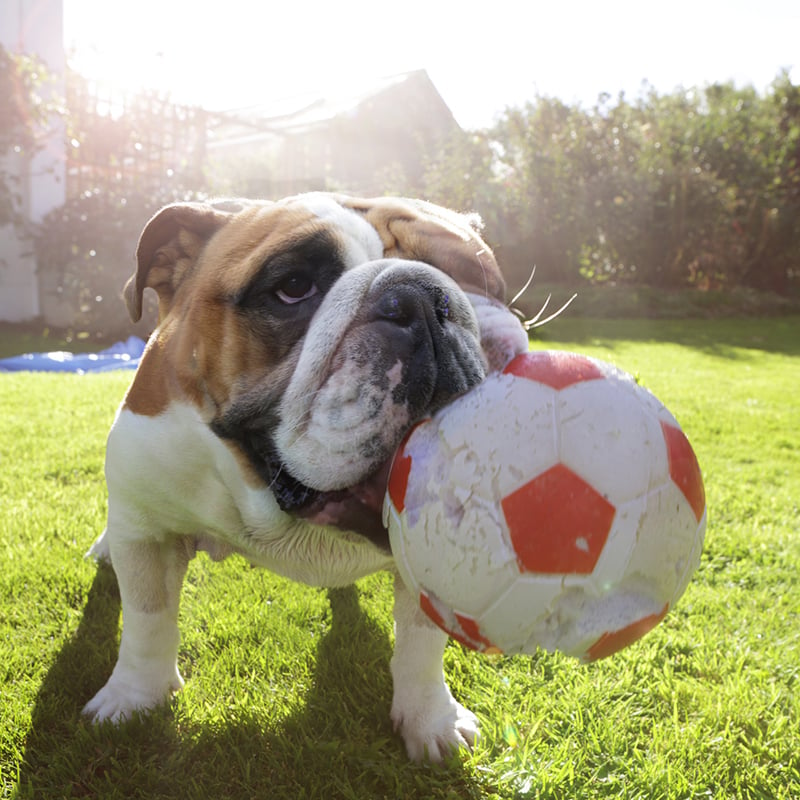5 Common Garden Dangers For Pets
A local vet shares what could be lurking in your yard that’s harmful to your furry friends this season.

It’s unclear who’s more excited that we can spend more time outside because of the warmer weather—you or your fur babies. But if you’re a pet owner, it’s imperative to keep your garden safe for your dog or cat. Pet toxicity from fertilizer, pesticide or plant/flower ingestion spikes during the spring and summer months, according to BluePearl Specialty and Emergency Pet Hospital, which has more than 100 practices in the U.S., including one on Rte. 17 South in Paramus.
The folks at BluePearl came up with a hit list of hidden dangers that could be lurking in your yard. BERGEN then chatted with Dawn Fiedorczyk, VMD, medical director of Park Ridge Animal Hospital, about those threats and how to make sure your four-legged friends stay safe:
Cocoa mulch
Components in cocoa, much like with the chocolate that humans eat, can be harmful if your pet ingests or even smells it. Look for the initial signs of GI upset such as vomiting or diarrhea, says Dr. Fiedorczyk, which can escalate to neurological signs if Mittens ingests the mulch in large amounts.
Commercial and natural fertilizers
The rule of thumb is that fertilized lawns are generally safe for pets to walk on “after a good soaking rain fall and the grass dries,” Dr. Fiedorczyk says. Be sure though to keep containers of pesticides and fertilizers in hard-to-reach places (like in a locked shed or atop a high shelf in the garage) so your pet doesn’t get him or herself into it accidentally.
Plants and flowers
Unfortunately, some pretty plants can be pretty detrimental to animals, including daffodils, tulips, azaleas, autumn crocus, oleander, amaryllis, sago palm plant and lilies, which are notoriously toxic for kitties. Dr. Fiedorczyk directs her patients to the ASPCA plant website for a comprehensive list of hazardous plants. If a pet ingests any of them, common symptoms include diarrhea, vomiting, excessive drooling and convulsions. “If you can’t insure that your pet will stay away from these plants, it’s safer not to have them at all,” she notes.
Bugs and insects
As with humans, watch out for swelling or redness if Fido is bitten by a bee or a spider, says Dr. Fiedorczyk, as this could indicate an allergic reaction. Ticks and fleas are always a concern too, so talk to your veterinarian for the best flea and tick products for your particular pet. “Over-the-counter ones aren’t necessarily the best,” says the doc, “and the one you should use varies by species and your pet’s activity level.”
Heat
Of course, this one is unavoidable, but be extra cautious on exceptionally hot days. “For example, place your hand on any blacktop in your yard to make sure it’s not too hot for your pets to walk on,” says Dr. Fiedorczyk. She notes too that older dogs and breeds with “squished faces” are more sensitive to high temps, so always provide plenty of shade and water.
Did you know that all of these things are harmful to pets? Tell us on Instagram @bergenmagnj which one surprised you the most!

